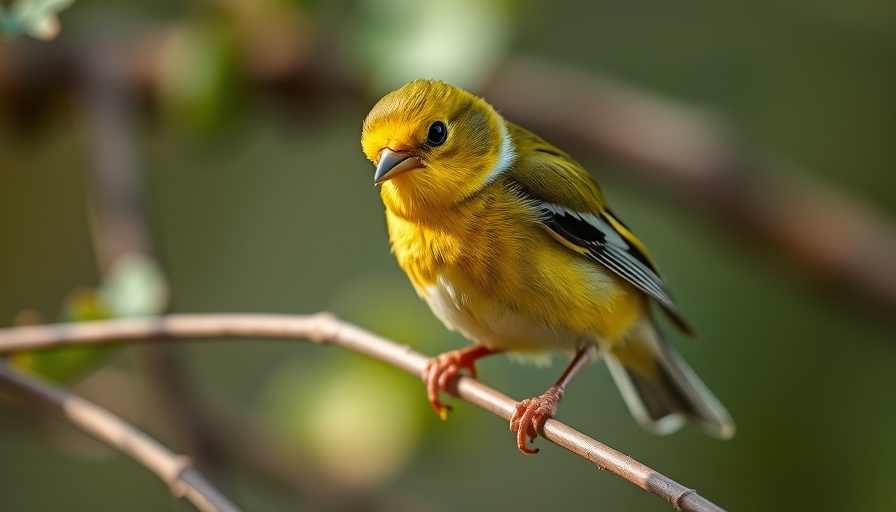
Understanding Crocodile Conservation in the Northern Territory
The recent crocodile incident in Australia's Northern Territory has reignited a long-standing conversation about the balance between human safety and wildlife conservation. The Northern Territory claims to have a managed saltwater crocodile population, which some are questioning. Following a crocodile attack last week that left a 67-year-old man injured, many are asking: should there be a cull of these creatures?
A Crocodile Population on the Rise
Despite the alarming nature of any crocodile attack, it is essential to put these incidents into perspective. Saltwater crocodiles, or 'salties', were nearly eradicated in the Northern Territory. However, since banning culling in 1971, their population has soared from around 5,000 to over 100,000. This recovery demonstrates the potential for sustainable wildlife management, reflecting how effective regulations can restore a species to its natural habitat.
The Bigger Picture: Balancing Safety and Conservation
Crocodiles have been part of the Northern Territory ecosystem for centuries, serving as essential predators. With their rebound in numbers comes the need for nuanced approaches to coexistence between humans and wildlife. It's crucial to foster a deep understanding of crocodile behavior, especially in popular tourist destinations like Wangi Falls. Visitors must be educated about the realities of saltwater crocodiles, including the risks and best practices for safe swimming.
Why Culling Isn't the Answer
Calls for a culling of crocodiles can often stem from fear rather than fact. Research shows that human-crocodile encounters generally end without fatality when proper precautions are taken. Accusation of the species needing culling is unfounded, especially in light of the Northern Territory's low fatality rate from these animals, which peaked at four in a single year back in 2014.
Moving Forward: Sustainable Tourism Practices
The solution lies not in extermination but in responsible tourism. Tourists visiting areas with crocodile populations should prioritize safety, adhering to recommended guidelines that can mitigate risks. Furthermore, engaging with conservation organizations to learn about the habitat and behaviors of these reptiles can transform fear into respect and understanding.
Discover the Unique Ecosystem of the Northern Territory
For those interested in visiting the region, embracing sustainable travel methods can amplify your experience while protecting the delicate ecosystem. Choosing eco-tours that educate about local wildlife, including saltwater crocodiles, fosters a bond between visitors and the landscape they traverse.
Making Safe Choices in Nature
Visitors should embrace safety measures while exploring natural attractions where crocodiles inhabit. Swimming at designated safe areas, observing wildlife from designated lookout points, and listening to local advice are crucial steps. It’s also important to remember that environmental changes caused by human activities have a significant impact on wildlife behaviors.
Lessons from the Past: Understanding Local Wildlife
Ultimately, the Northern Territory's fight against misconceptions surrounding saltwater crocodiles is a call to action for more sustainable tourism practices. Enhancing our understanding of local wildlife not only protects these species but also ensures human safety. By celebrating the recovery of saltwater crocodile populations through responsible tourism, we're investing in the health of our planet.
Call to Action: We invite travelers and wildlife enthusiasts to consider how they engage with nature. Start your sustainable journey today by exploring eco-friendly tours and educational resources that promote responsible tourism in the Northern Territory.
 Add Row
Add Row  Add
Add 




Write A Comment